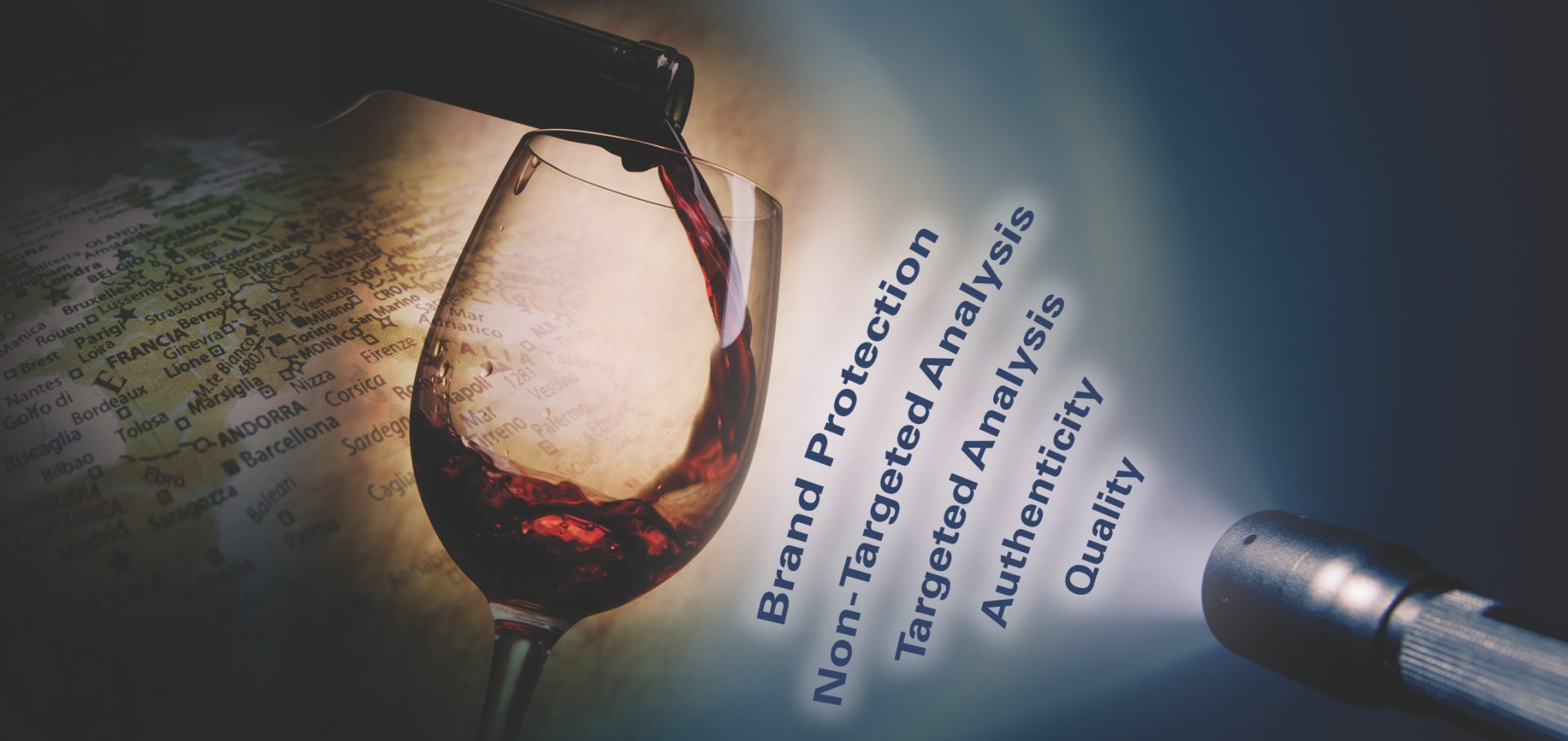

Tackling Wine Fraud and Protecting Reputations through NMR
Tackling Wine Fraud and Protecting Reputations through NMR
Fraud is the master of disguise. It knows no limit and can strike from any direction when you least expect it. And you won't suspect a thing ... until it's too late.
Wine fraud is no exception. And it's on the rise. Although wine consumption has decreased in recent years, people are spending more on higher value, premium wines, which opens up a lucrative opportunity for wine fraudsters. It's not just consumers who are falling prey to this deception. The consequences of wine adulteration are devastating for wine growers and producers. It's critical for producers to maintain a high level of consumer confidence through the assurance that a bottle's content is consistent with its label declaration.
Faking It
So, how do fraudsters commit wine fraud? As a premium product with significant annual variation, wine is susceptible to many types of fraud. Cheaper wines, grape juice, water, harmful chemicals and sweeteners may be used to dilute more expensive products; falsely labelling wine from humble regions as an expensive appellation; falsely classifying young wine as an older, mature product; false declaration of origin (country/region/appellation); false declaration of grape variety; and blending red and white wine to create a fake rosé.
NMR Application
Bruker technology is helping the industry stay one step ahead of the fraudsters. Our Wine-Profiling™ solution - a powerful tool that tests the authenticity and quality of wine - is helping producers, importers, government agencies, retailers, and testing laboratories to detect and prevent wine fraud.
Using nuclear magnetic resonance (NMR) scanning, the module rapidly identifies the compounds in a wine sample and produces a 'fingerprint' of that product. This is then compared with a routinely updated database of 26,000 samples (or fingerprints) to establish a match. If a wine matches its referenced fingerprint, it is indeed the wine it claims to be. If it has been adulterated in any way, there will be no match. With just 20 minutes of analysis time, NMR scanning produces a comprehensive report on each wine that is essential for its control and traceability.
The Future is Looking Rosé
By creating a system that verifies the variety and origin of a wine sample, we are helping to tackle wine fraud and protect the reputation and brand of wine regions, as well as safeguarding the appellations. Now, as a wine travels through a global supply chain, its unique digital signature will travel with it.
The assurance of authenticity and integrity of the products that are imported is vital to protect the consumer and to protect the relationship between the buyer and the seller.
As our Wine-Profiling module detects new adulteration methods or new frauds in its early stage by monitoring reference profiles, it also opens up new potential for border control authorities. Building a database of predictive models enables wines to be tested for origin, variety and region to protect the wine producer and client from adulterated products. For example, wine identity can rapidly be confirmed by checking that the wine purchased and the wine delivered are the same.